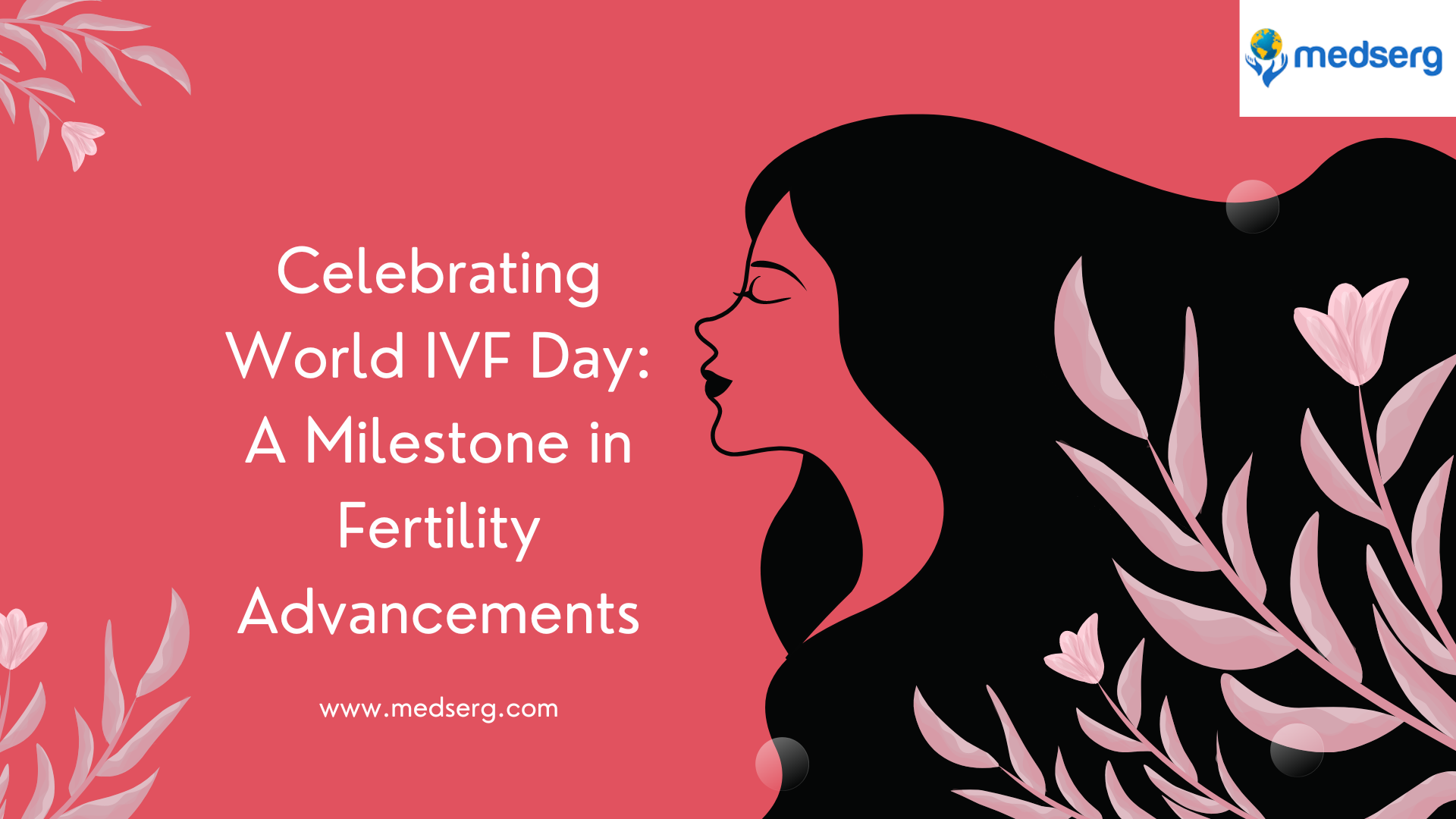Unexpected Signs and Symptoms of Lung Cancer
What sort of symptoms would be considered unexpected, shocking, or surprising? These signs and symptoms don’t appear to be related to our lungs. The general public would not expect these indicators or signals to be a warning of lung cancer.
- Arm/shoulder pain or eye problems. One kind of lung cancer (called a Pancoast tumor) develops in the lung’s upper part. Instead of affecting the lungs, these tumors may spread to the ribs, the vertebrae of your spine, or the nerves or blood vessels. These tumors cause pain in your shoulder blade, upper back, or arms. They might cause numbness or tingling in your hands too. Pancoast tumors that cause arm/shoulder pain can also cause eye problems. Patients may realize that the pupil of one eye is smaller, that the eyelid droops, and less perspiration on that side of the face. This “set” of eye symptoms is called Horner Syndrome.
- Hoarseness or change in voice. Some people get hoarse — your voice may sound strained or raspy or sound lower in tone or softer in volume. A tumor in the lung can press on the nerve that controls the vocal cords. Hoarseness is caused by many other conditions, too, like a cold or laryngitis.
- Balance problems. Feeling unsteady or losing your balance can be a result of lung cancer. A tumor may be located near the superior vena cava (SVC), a large vein that takes blood from your head and arms back to the heart. As the tumor grows, it can cause the blood to back up in this vein and cause dizziness or balance loss. Anemia, common in lung cancer, can cause balance problems too.
- Weight. Patients with lung cancer can gain or lose weight. The tumors of small-cell lung cancer sometimes cause the body to make a hormone called ACTH. ACTH, in turn, causes the body to make cortisol. Too much cortisol causes fluid retention and weight gain. Other patients, however, lose weight — usually caused by the higher calcium levels that cause loss of appetite.
- Blood clots. People with lung cancer are more likely to develop blood clots in their legs, arms, or lungs. Researchers believe that cancer increases inflammation in the body. The inflammation, in turn, causes blood clots.
- Bone pain. Some people have bone pain or feel weak and achy. Sometimes, it’s difficult to tell the difference between bone and muscle pain. If your pain gets worse when moving, at night, or when lying on your back, it’s probably bone pain. Lung cancer can spread to the bones, causing bone pain in the spine/back, pelvis, or large bones of the arms and legs.
- Clubbed fingers – fatter fingers. The ends of the fingers appear “fatter.” The skin next to the fingernail may look shiny. The fingernail begins to curve downward like a spoon. An astonishing 80% of people with clubbed fingers have lung cancer.
- Digestive problems. Between 10-20% of people with lung cancer get high levels of calcium in their blood, a condition called hypercalcemia. Too much calcium in the blood may cause digestive problems, like tummy aches, constipation, or nausea.
- Extreme thirst and frequent urination. The higher levels of calcium in your blood (hypercalcemia) that cause digestive problems may also cause extreme thirst and frequent urination.
- Fatigue or feeling tired. Because lung cancer causes the lungs to not function as well, patients can become anemic. Cancer feeds off the body’s nutrients, robbing the body of energy to get through everyday chores.







